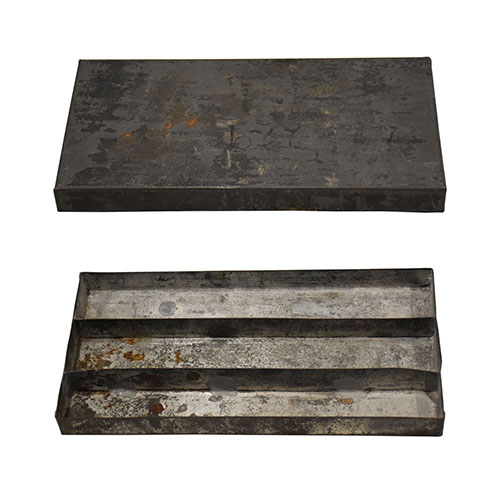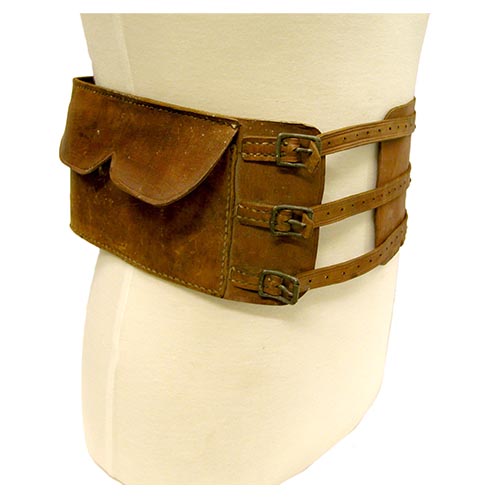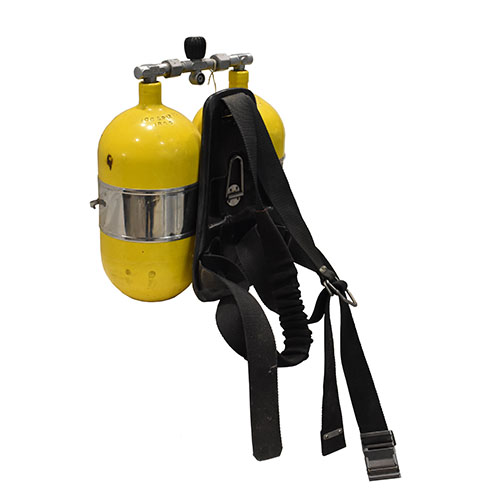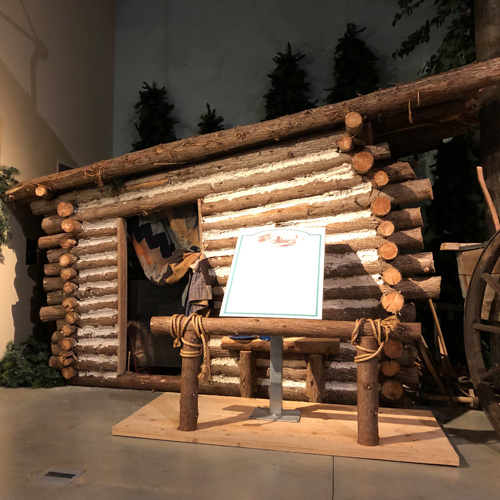Found within the Krug Fonds are the Bruce Krug Local History Scrapbooks. The scrapbooks are a large collection of oral interviews, new clippings etc. as Bruce and Wilfred Krug tried to document as much local history as they could. Found within Volume IV are two interviews with Walter Gray of Chesley, who discusses his time in the Klondike during the 1897 gold rush. Walter certainly wasn’t the only person from Grey Bruce to make the journey with hopes of making his fortune and newspapers of the time, such as the Port Elgin Times, often carried stories of the communications folks had with their family members out west and the stories in their letters.
The Klondike Gold Rush refers to the years 1896 to 1899 when gold was discovered in the Klondike and there was a mass uptake in people travelling there. In 1899 gold was discovered in Nome, Alaska and many miners and prospectors moved from the Klondike to Nome seeking more fortune or still hoping to strike it rich.
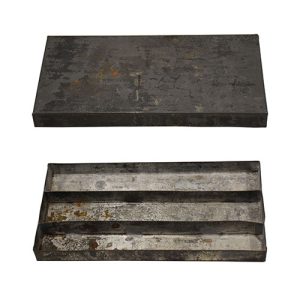
Walter Gray’s Assay Box
There were several routes to the Klondike, all requiring strenuous travel through very rough terrestrial conditions and weather. Walter first sailed up the Pacific Coast in 1897/98 and landed in Dyea, Alaska, took a native path over the mountains, arriving at Lake Bennett. There he helped build two steamers and was a mate on one, called the Glen Nora. The steamers took miners to Miles Canyon. At Miles Canyon the rapids were large and there were many accidents involving the miners’ homemade scows and rafts. At the rapids Norm Macaulay created a tram system that miners could use to haul their gear and supplies through. Macaulay also owned the hotels at either end of the tramway. The cost to use the tramway was $25, which is approximately $700 in today’s money.
In his interviews, Walter mentions crime and in particular “Soapy” Smith, a well-known American conman and political boss. Soapy had control of both Dyea and Skagway, the other major port to travel through. Walter mentions that Soapy owned three saloons in Skagway, where gambling cons, like fixed poker games, took place, but that he also had a gang that hid along the trails and would rob passers-by. It is no wonder that miners took to wearing money belts like the one seen here, where they could keep their money and gold close to them. After the death of Soapy Smith in July of 1898, some of his gang were rounded up by the police and were sent to Sitka for trial. Walter mentions he was on the same boat the men were being transported on.
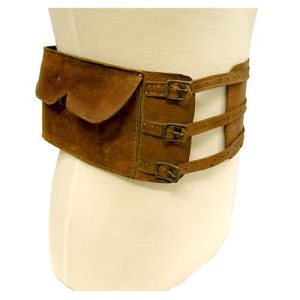
During his time on Lake Bennett, in a settlement known as Bennett, where the North-West Mount Police had their barracks, a small Presbyterian church was built. Walter constructed the trowel used to lay the cornerstone. It is noted during his 1952 interview that the church was still standing. After his time on Lake Bennett, Walter worked on a dredge in Steward Lake.
After his time in the Klondike, Walter returned to Chesley, where he married and became a merchant, first at Gray & Ewart, then Gray & Cope. Walter served as mayor of Chesley in 1922 and 1923.

